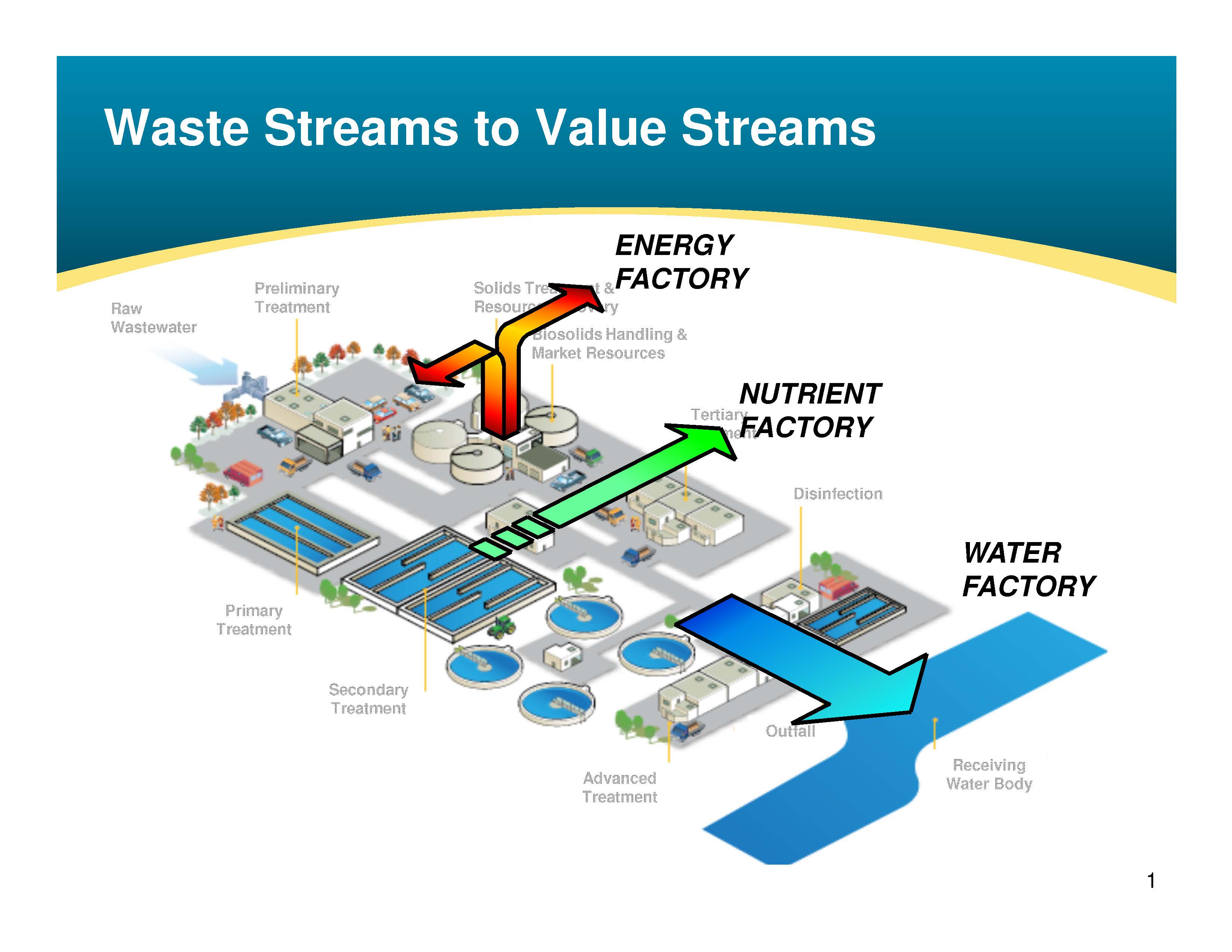
Waste Stream to Value Streams: Resource Recovery Factories –
The New Paradigm for Wastewater Treatment
Art Umble, PhD, PE, BCEE
Americas Wastewater Practice Leader, MWH Global
Thursday, January 24, 2013
3:30pm - 4:45pm
129 Debartolo

The 21st Century is bringing a set of unprecedented challenges to the sustainability of our world. By mid-century, the world’s population is expected to exceed 9 billion, with dramatic increases in those living in urban areas, increasing the demand for water, energy and resources by more than five-fold from current levels. Already today, more than 150 watershed basins around the globe are experiencing demands for water exceeding available supply. Energy generation capacity across the globe is also in deficit in many regions, with that gap rapidly increasing. Critical resources, such as phosphorus, are showing alarming rates of potential depletion. And climate change compounds the uncertainties of these issues. What do these mega trends mean for the coming decades? Clearly, the globe will not survive the consequences of a “business-as-usual” approach. The focus of the 21st century must be on reducing demand to balance limited supplies of water, energy and resources. A new paradigm for how we view the relationship between these three foundational components of sustainability is crucial, and environmental sciences are poised to play a central role.Throughout much of the 20th century, society held a linear view of water, i.e., supply it, use it, treat it, and dispose of it. Little attention was paid to the value of that water as a resource, both in terms of the water itself, and the “contaminants” to be removed. Meeting the challenges of this century, however, means that all aspects of waste streams must be recovered and recycled. This includes the water itself, the dissolved nutrients and minerals, and the inherent chemical, thermal and kinetic energy; all must be recovered and recycled. The wastewater treatment plant, as we know it today, can no longer be seen as means for treatment and disposal, but as a “factory” for recovering these resources and recycling them for beneficial reuse. But water, energy and nutrients are all in nexus. Each depends on, and often an unintended negative consequence, of the other. In tomorrow’s sustainability landscape, the wastewater treatment plant must be a “Resource Recovery Factory.” What do “recovery” processes look like? What role does technology play and what limits will be imposed? How much will it cost and who will finance it? How will energy alter our picture of the “new” treatment facility? What role will the public play? These challenges are immense, but steps can be taken now to place us firmly on an alternative to the “business-as-usual” path. This presentation poses provocative questions about the reality of our immediate future, and challenges our thinking with possible solutions.